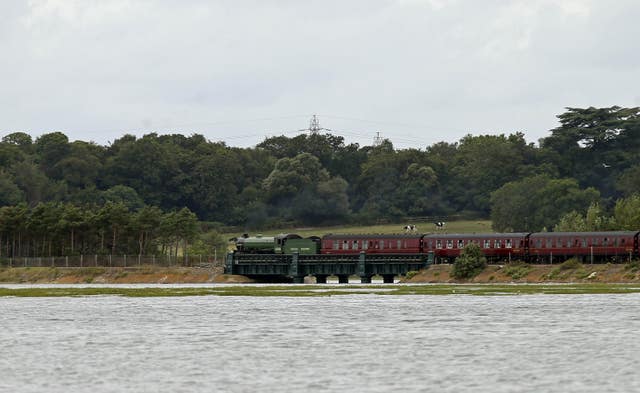A steam locomotive caused rush hour delays at Britain’s busiest railway station after arriving too early.
Human error by a signaller led to Mayflower being allowed to arrive at London Waterloo ahead of schedule on Tuesday morning, an industry source said.
This caused several hours of disruption for passengers travelling to the station on South Western Railway (SWR) services.

A spokesman for Network Rail, the government-owned company responsible for managing Britain’s rail infrastructure, said: “We apologise to passengers that were delayed this morning travelling into London Waterloo.
“This was caused by the arrival of a chartered steam train which limited capacity at the platforms.”
SWR said in a statement that its services run to a “very tight schedule” and an early train “can cause knock-on delays that continue for hours”.
London Waterloo operates at full capacity during peak hours and is used by more than a quarter of a million passengers every day.
⚠️*NEW 11/06* Following an operational incident between London Waterloo and Clapham Junction all lines are now open. Trains running between these stations may still be cancelled or delayed by up to 15 minutes. Disruption is expected until 10:00 – https://t.co/Ssj2lzz3Xm
— SWR Help (@SW_Help) June 11, 2019
The steam train was at the station to collect leisure passengers embarking on a trip to Windsor.
Mayflower was built in 1948 and is one of two surviving B1 Class locomotives.
A number of passengers sent Twitter messages to SWR to express their frustration at the disruption.
One wrote: “This marks the 8th consecutive travel day where your services have not got me to Waterloo on time as scheduled. Your service is an abomination.”
Responding to an SWR Tweet stating that the problem was caused by a train arriving earlier than scheduled, another user posted: “First time for everything I suppose.”
